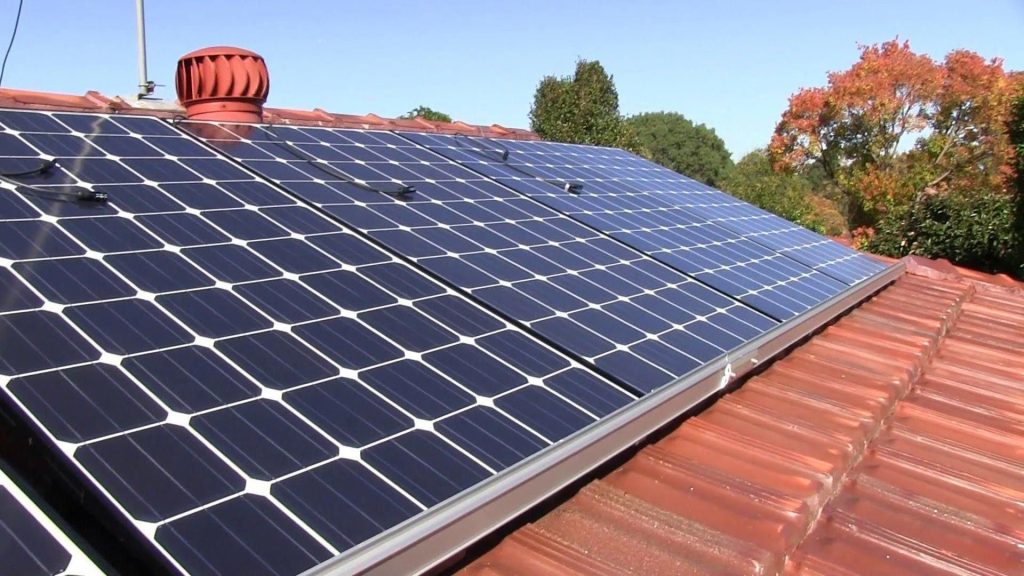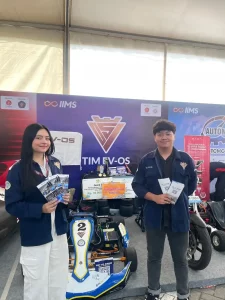Access to electricity at the southern coast of the Special Region of Yogyakarta (DIY), located in the Gunung Kidul district, has not been evenly covered. There are still many areas where the public electricity grid has not reached from Perusahaan Listrik Negara (PLN). This could be due to the geographical conditions of the area consisting of mountains and coral hills. However, the coastal area here is a popular tourist area and is quite promising for income for local governments. So, giving access to electricity will make tourism facilities in the area more advanced. This article will discuss the reliable design of a mini solar home system used in civilian buildings in coastal areas, such as; houses, shops, places of worship, or public facilities. The design method used is a quantitative approach, starting with calculating the potential of solar power in location, the electricity requirements for a city building, and the number of solar power systems. The results of the mini solar home system (SHS) design based on quantitative calculations the system operating voltage is 12V with a stand-alone off-grid topology. The power plant uses two solar photo voltaic (PV) panels with a capacity of 100Wp each and a 12V 20A solar charge controller. The solar panel used is monocrystalline. At the same time, the storage section uses 1 unit of 12V 50Ah deep cycle batteries. Then the power conversion section uses a modified sine wave inverter 50 Watt. The design of this system will make a stable supply of electricity for 1 unit of civil buildings with a load of 5 lamps 5 Watt.
Background
The territory of Indonesia is an archipelagic country that has potential on the equator, making it has high solar power potential throughout the year. The southern coast of Yogyakarta Special Region (DIY) has high enough sunlight, around 250 to 500 watts per square meter. One of the applications of solar power in rural areas is to provide electricity for residential houses. In areas such as Gunung Kidul, DIY, many residential residents are scattered and have not yet been reached by the public electricity network from PLN. There is no access to electricity at all for daily life. So, the use of renewable energy resources will be significant. The solar power system for simple housing or residential is commonly called the solar home system (SHS). The proper selection of specifications and size of a mini SHS is essential for a stable operation of solar PV system. This mini SHS system was installed in a simple resident’s house with relatively small electrical loads. The most primary electricity load is for lighting purposes.
Implementation and conclusion
The Mini SHS design of the total components is described in the wiring diagram in the article. The outputs of the two solar panels are combined in a combiner box. NYAF cable with 2×0.75mm is used to supply electricity from the solar panels to the next part of the system. The current out of the SCC unites with the path from the battery, which is connected to a copper rod. A DC load consisting of 4 DC lamps can be directly connected to the four intersections in that section. From this intersection, the electric current goes to the inverter. The AC output from the inverter is connected to the electrical load using a 3×0.5mm NYA cable, one of which is the grounding cable. The physical installation of mini SHS in Nglambor Beach, Yogyakarta Province of Indonesia is described in the article. The mini SHS is installed with 200Wp power generation capacity and 1200 Wh storage capacity. The installation used to power up 4–5 lamps at each house in the area.
The mini SHS design has been made for the rural residential sector, especially for households located in the coastal area in Gunung Kidul, Yogyakarta, considering solar energy potential and characteristics of the building in the rural area. The SHS can convert about 19.01 % of solar energy into electric power and can produce 39.7 Wh of energy per day at the minimum condition of daily solar insolation. Hopefully, with this design, the mini SHS can operate optimally and without connection from the public network (PLN).
Author: Prisma Megantoro, ST. MEng.
Details of the research can be viewed here:
https://ieeexplore.ieee.org/abstract/document/9970836
[1] P. Megantoro et al., “Mini Solar Home System for Electricity Supply in Coastal Rural Area, Case Study: Yogyakarta, Indonesia,” 2022 Int. Conf. Inf. Technol. Syst. Innov. ICITSI 2022 – Proc., pp. 383–387, 2022, doi: 10.1109/ICITSI56531.2022.9970836.









